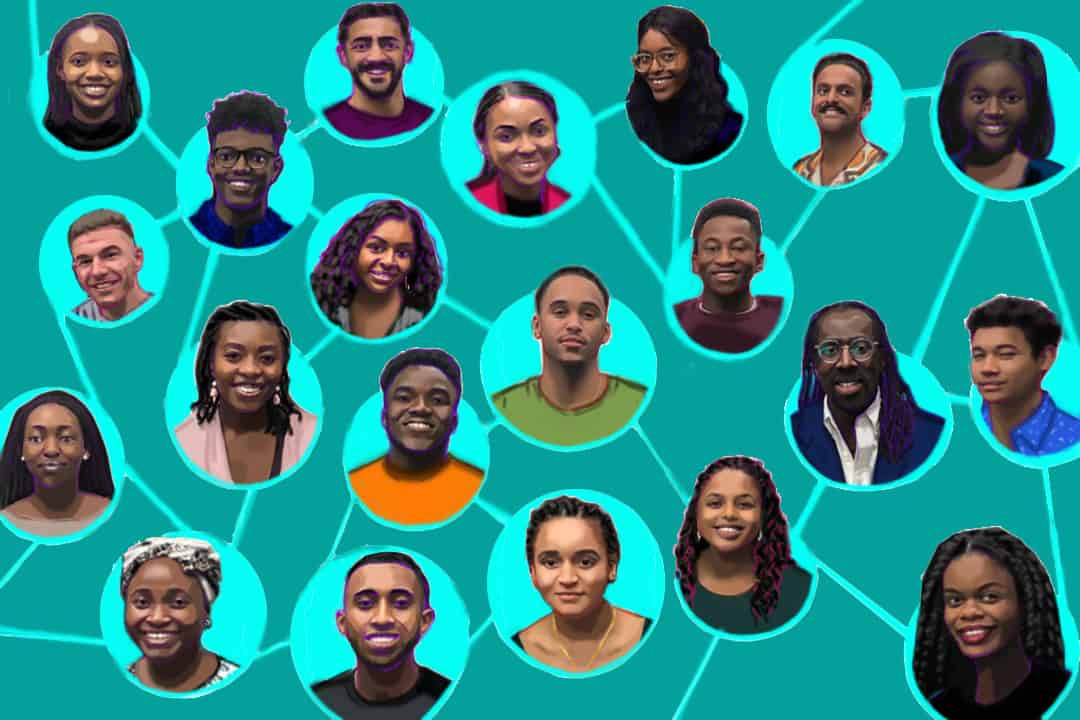Twenty-four Black medical students were accepted into the University of Toronto’s Faculty of Medicine’s class of 2024 — the largest cohort of Black medical students in Canadian history.
In 2016, the faculty’s class of 2020 had only one Black student in its cohort of 256. Last year’s application cycle admitted 15 Black future physicians. Now, that number has increased to a national record of 24. What changed in the past four years?
Efforts led by faculty, students
According to Fatimah Roble, an incoming student in the class of 2024, this achievement was partly due to efforts by the faculty itself.
“This is a reflection of advocacy efforts at @uoftmedicine,” she wrote on Twitter. “[These efforts ranged] from the Summer Mentorship Program founded by the late Dr. Miriam Rossi, to the Community of Support founded by Ike Okafor, and the Black Student Application Program by many advocates in the Faculty of Medicine.”
The Faculty of Medicine launched the Black Student Application Program (BSAP) in the fall of 2018 in an effort to increase and support Black medical student representation. According to the application website, the optional admissions stream involves application reviews from “members of the Black community, as well as Black physicians, faculty members and students.”
The program was also developed in consultation with the Black Medical Student Association (BMSA), an organization dedicated to representing the largest union of medical students in Canada. The BMSA was founded in 1999, and its primary mission is to support and encourage students from communities that are underrepresented in medicine, primarily students from African and Caribbean backgrounds.
Impact for the field
CJ Lindo, one of the 24 Black students accepted this year, applied as part of the BSAP.
“On my interview day, there was black representation among the people who interviewed me and I enjoyed speaking with and getting to know all of them,” Lindo wrote in an email to The Varsity. “I was excited to discover the existence of this program because it showed me that the University of Toronto recognized the importance of recruiting and promoting black individuals to apply to their medical school.”
Lindo hopes that as a result of this program, the Faculty of Medicine will have more diverse classes, training physicians that will be “capable of properly serving the diverse communities of Toronto and beyond.” Research has shown that greater diversity in medical classes leads to doctors who are better able to serve diverse communities.
Despite this historic achievement, Black physicians are still underrepresented in the communities they serve. In Ontario, an estimated one to 1.3 per cent of doctors are Black whereas approximately 4.7 per cent of Ontarians identify as being Black.
Lindo has lived in both Mississauga and Hamilton and has not had a single Black doctor before.
“This again highlights the importance of supporting, recruiting and promoting the fields of science and medicine to the black community,” Lindo wrote. “I believe that having black physicians and physicians who belong to other underrepresented minorities will improve the healthcare systems [sic] ability to provide culturally sensitive care to these minorities in the community.”
More to be done to break down barriers
On Twitter, Roble explained how this watershed moment for U of T does not mean that barriers to further education have been removed for Black students in Canada.
“Our schools have less resources available, more police officers in schools, we are identified as ‘problem children’ at very young ages, given harsher punishments like suspensions and expulsions, and we are streamed into applied when it does not reflect our abilities,” she wrote.
“Myself and my classmates represent the privileged few who experienced discrimination in the Ontario school system, but still managed to make it to medical school. If we want to continue to celebrate and support black students and their achievements, we need to dismantle the systemic racism they face in our school systems.”
Lindo shares a similar perspective, believing that institutions such as the University of Toronto can do more to break down barriers of accessibility for students applying to medical school.
“Having programs like the black and indigenous student application programs are only a start,” Lindo wrote. “Applying to medical school is expensive. It is also a physically and emotionally draining endeavour. This undoubtedly makes it harder for students who already face hardships such as being an underrepresented minority to apply to medical school.”
Because Lindo had no guidance from Black individuals in the medical field, he hopes to help Black and other racialized groups in the future.
“I didn’t have access to people who had lived the same experiences as I did due to being black and thus wasn’t able to rely on people who understood how that affects the path to medicine,” Lindo wrote. “As a future physician, I hope to give back to black and other underrepresented minorities passionate about medicine by mentoring and supporting them.”


